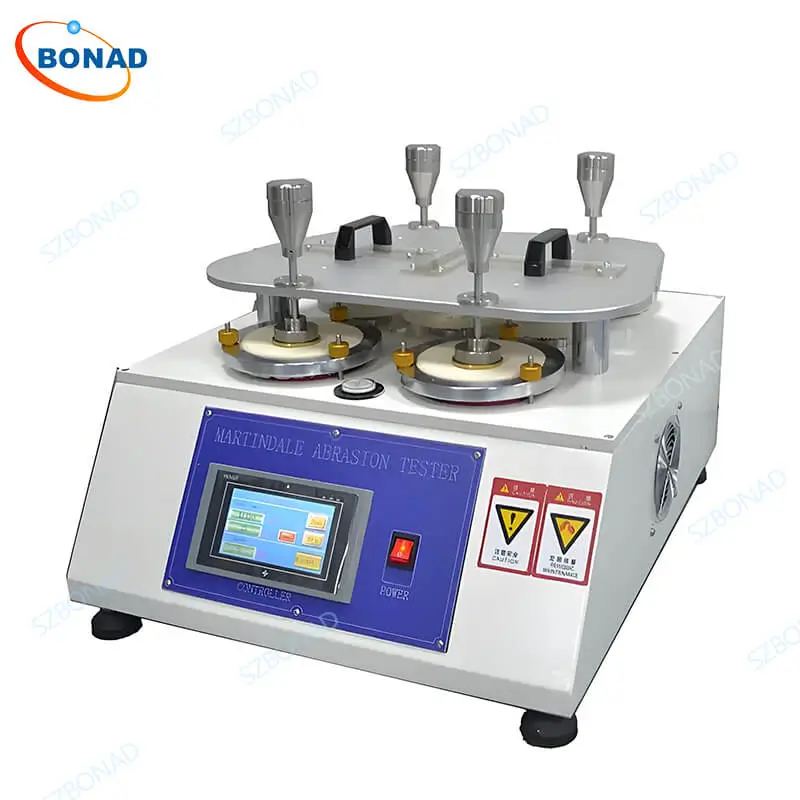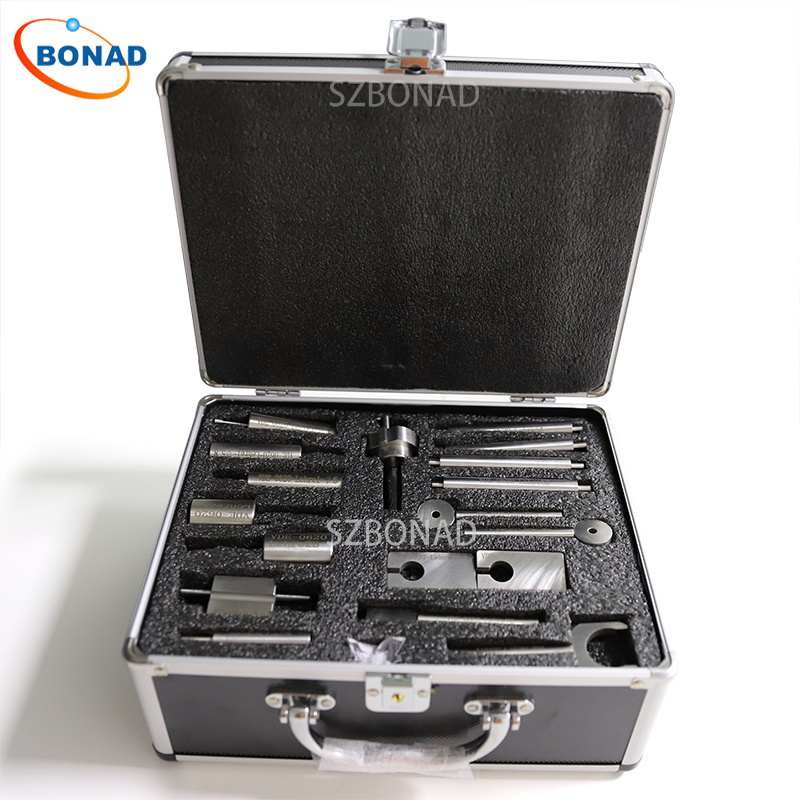Textile abrasion resistance refers to a fabric’s ability to withstand repeated friction against itself or other materials without significant wear or damage. This property is crucial for determining the durability and longevity of textiles in various applications.
Why Is Abrasion Resistance Important?
During use, fabrics are consistently exposed to friction, which can lead to thinning, fading, pilling, or even tearing. Testing abrasion resistance helps manufacturers improve product quality, enhance user satisfaction, and extend the functional life of textiles.
Common Test Methods for Textile Abrasion Resistance
Different end-use textiles require specific abrasion resistance standards. Two widely adopted testing methods are:
1. Martindale Abrasion Test
- Equipment: Martindale Abrasion Tester
- Principle: A circular fabric sample is rubbed against a standard abrasive material in a Lissajous motion under controlled pressure. The test continues until the sample shows signs of failure.
- Application: Suitable for evaluating fabrics used in apparel, upholstery, and technical textiles.

2. Taber Abrasion Test
- Equipment: Taber Abrasion Tester
- Principle: The test sample is mounted on a rotating platform and subjected to grinding wheels under specific pressure. The number of cycles until wear appears is recorded.
- Application: Ideal for testing heavier materials like leather, coatings, and industrial fabrics.
Conclusion
Understanding and testing textile abrasion resistance is essential for producing high-quality, durable fabrics. Whether using the Martindale or Taber method, manufacturers can ensure their products meet performance expectations and offer greater value to consumers.


